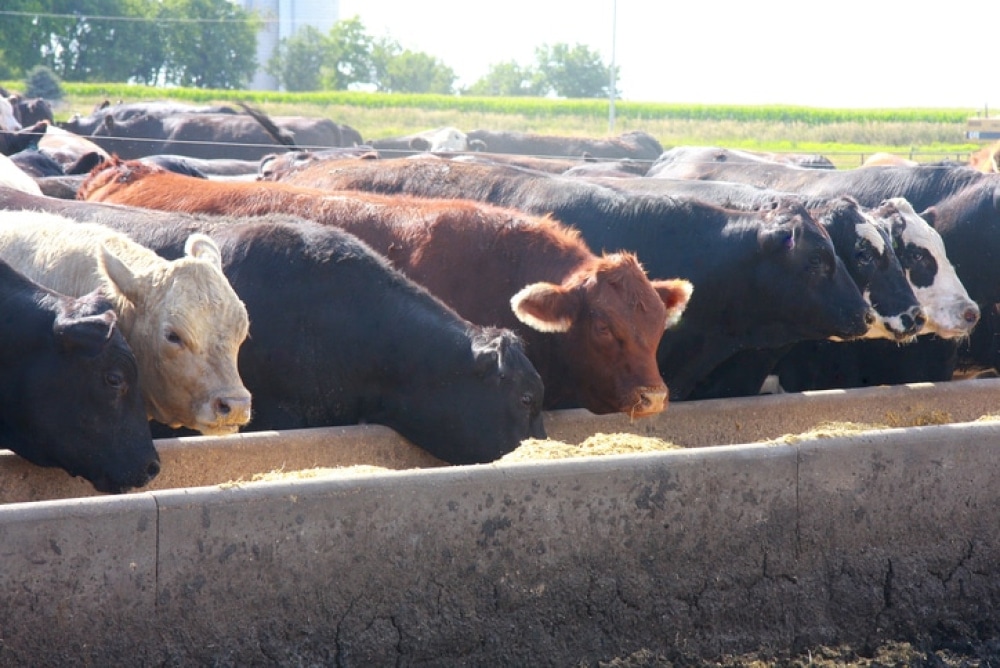The rise of nutritional therapy: Part II

The researchers looked for a fresh approach to address this challenge. They began by reviewing what those before them had already tried, such as attempts to provide high energy products, selective electrolytes and improved hydration. “What we learned was that while a number of labs had focused on these different elements individually, few labs had attempted to address all of them together,” says Schaefer.
This was to a degree understandable, since few studies provided the quantitative detail regarding these negative impacts that would enable a replacement therapy to be designed, he says. “Also, in my opinion many of the attempts to treat these animals were based on a single or limited element strategy. Physiologically, is makes little sense to simply provide electrolytes to the animals, for example, unless the amount added is at the correct level to counter a known level of deficiency. Secondly, there is little to be gained in providing electrolytes unless the animals are also provided with energy to manage the ion exchange across membranes. Also, there is no point doing that unless the catabolic nature of the stress is arrested and the increase in the hypothalamic activity is addressed.”
The researchers set out a new pathway for their own attempts that involved addressing all of the negative stress damage at once, using the concept of nutritional therapy.
“Eventually we started to get it right and we started to see some significant results in the reduction of carcass quality and grade loss as well as the improvement of welfare measurements in the transported animals. I then had the opportunity to then work with feed nutritionists. This brought a whole new level of sophistication to the opportunity for optimizing and manufacturing these nutritional therapy products.
A period continual improvement soon resulted in the new DeStress Nutritional Technology product line that stands today as a unique and valuable option in the marketplace.
This has included a range of new registrations, supporting the customized product versions for swine, ruminants and equine, along with a steadily increasing base of fresh commercial scale studies.
“Today we are right on the edge of a quickly expanding opportunity,” says Schaefer. “We are building the body of evidence with further excellent results across different species."
The market for DeStress has expanded steadily and is set for major growth over the next several years, with interest now spiking hot on the heels of rising animal welfare pressures.
Based on strong responses from initial market introduction phases, DeStress Nutritional Technology in 2016 further increased its manufacturing and distribution capacity to allow for dramatically broadened availability of its DeStress-Ruminants, DeStress-Swine and DeStress-Equine product lines.“We couldn’t be more excited about the potential ahead.”
Posted on September 14, 2016 by Brad Brinkworth


